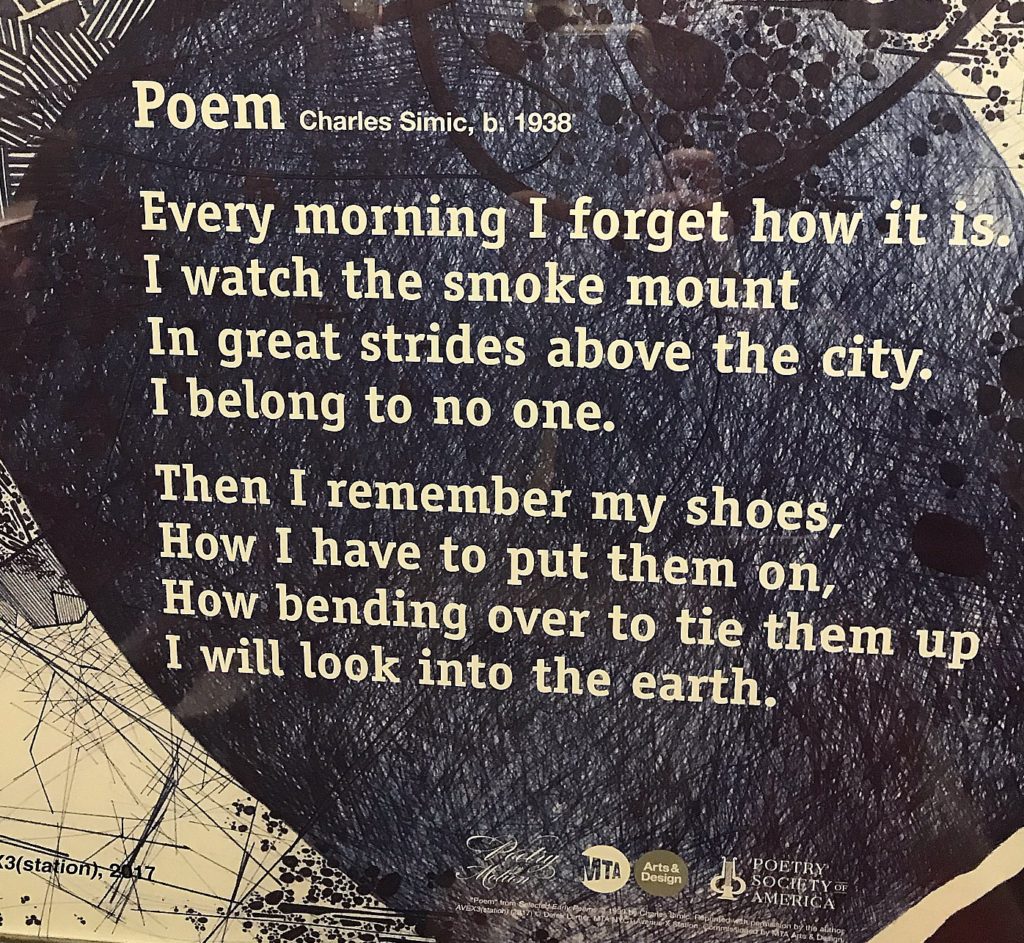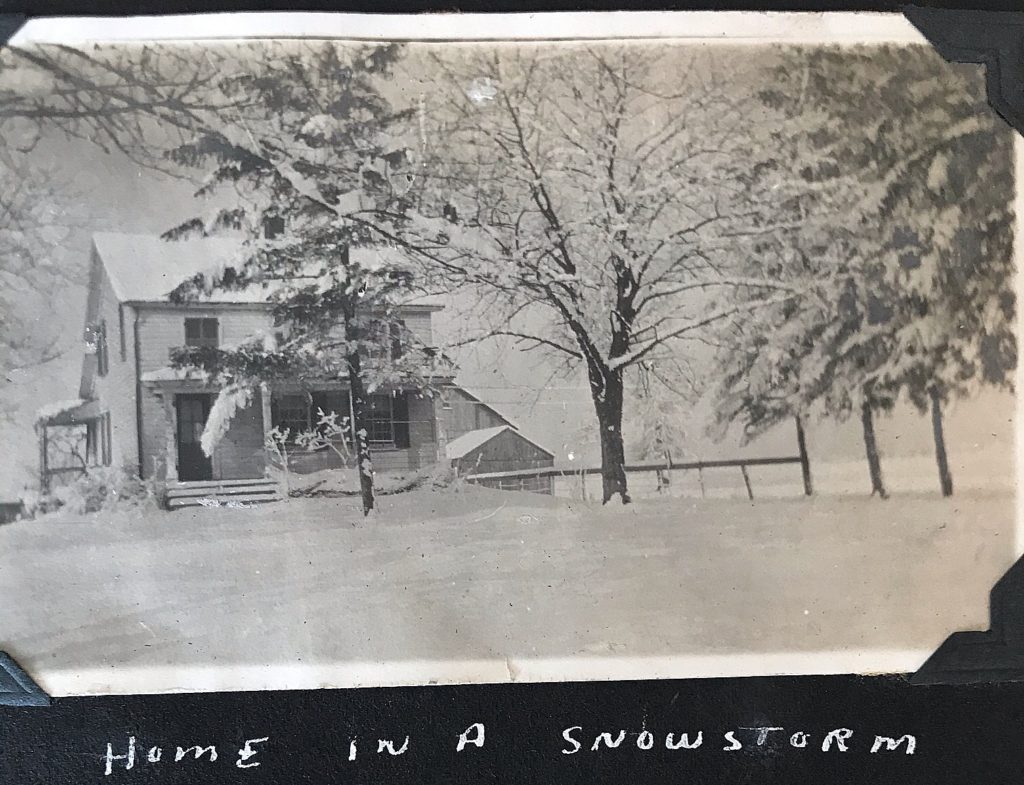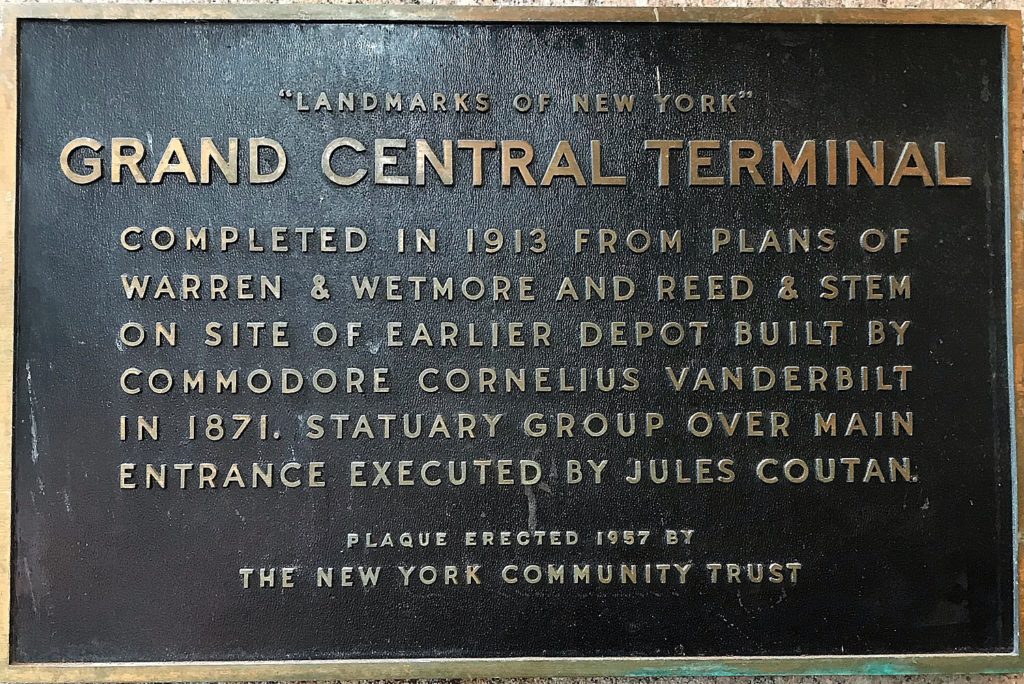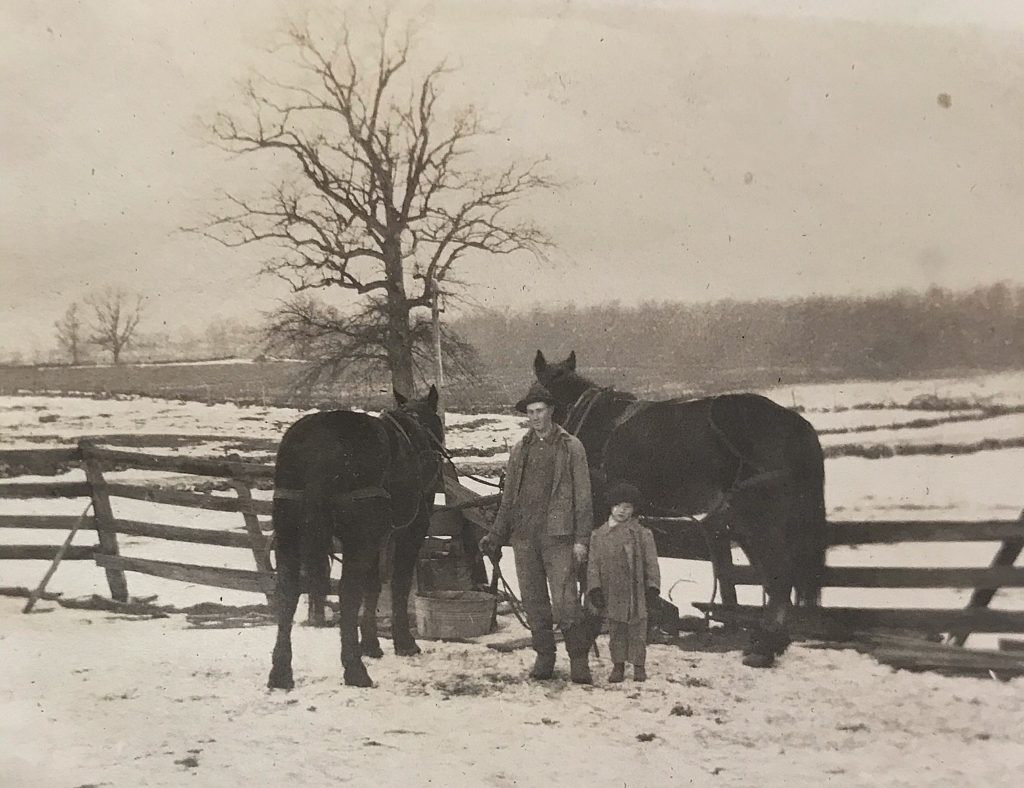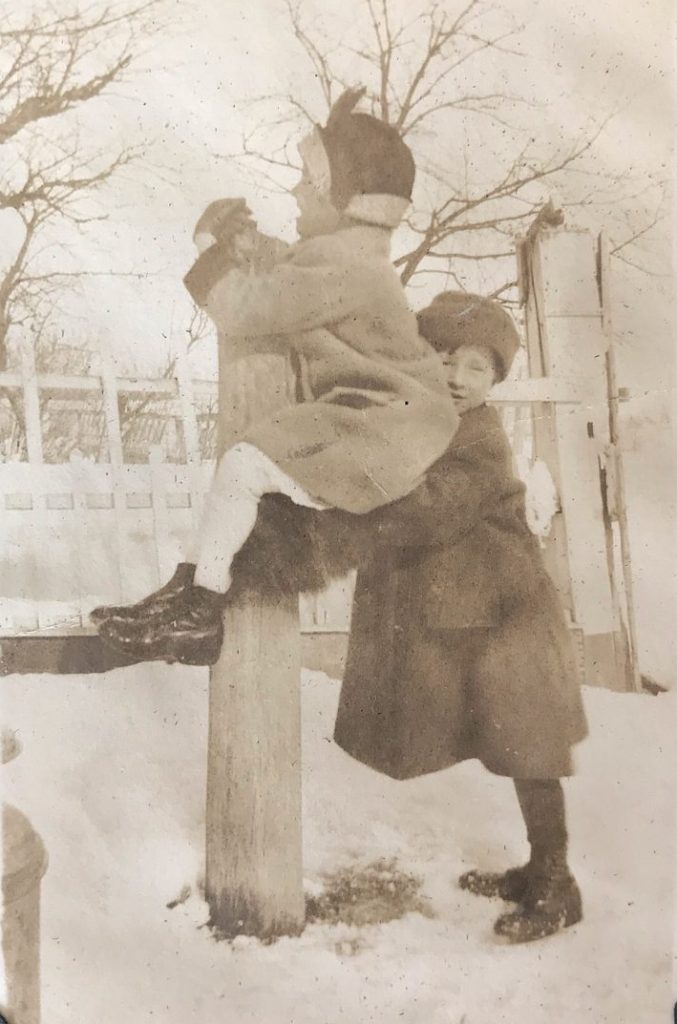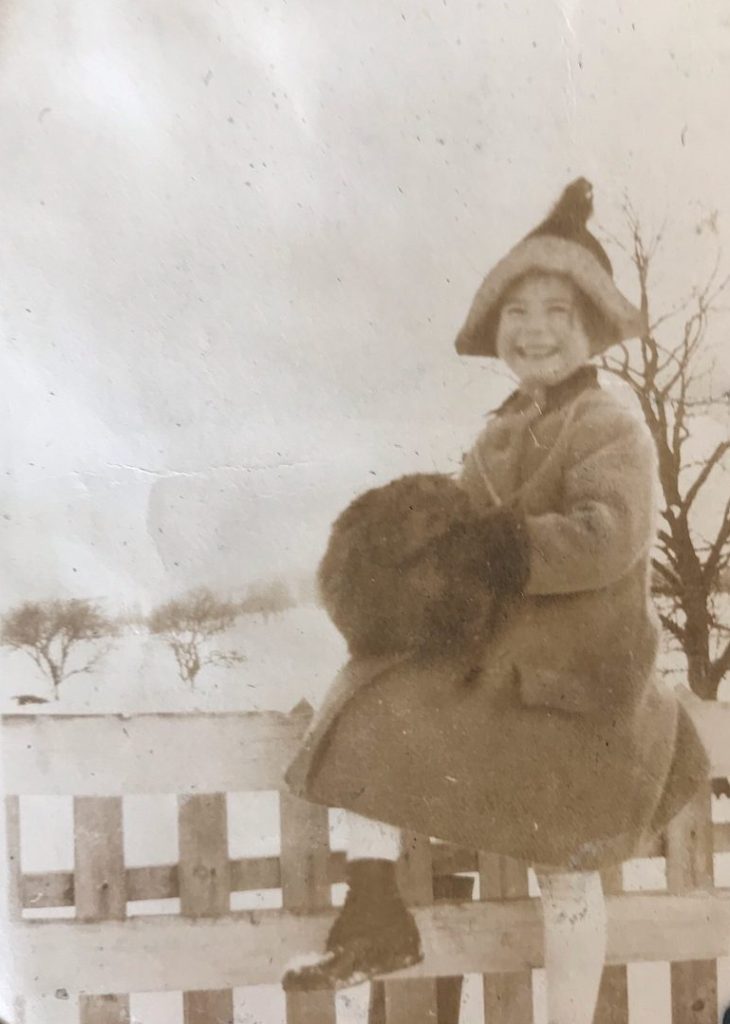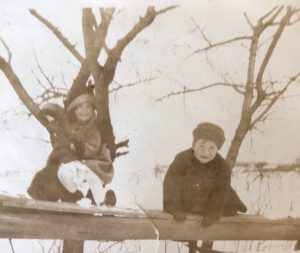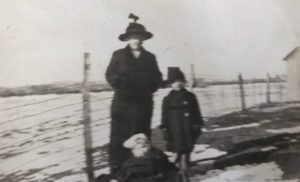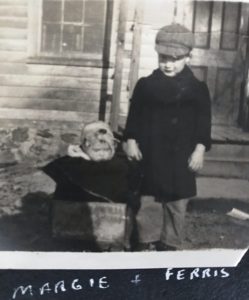Today is Ash Wednesday for people of Christian faith – a day when we’re asked to think about our mortality and the need to reconcile with God. Big stuff, in other words. Big, upsetting stuff for anyone who generally pushes those kinds of thoughts away.
I did a fine job of ignoring the question of mortality (probably every day except Ash Wednesday) until I started writing this blog. But there’s no getting around it now. If I’m not posting pictures of the deceased, I’m searching through old newspapers to get their bio from an obituary…death has become part of my every day life.
And with that, I’ve necessarily begun to think deeper about what makes a good life. What makes a life that’s worthy? At the end, will any of us be able to say, “right, so it’s all reconciled then.”
In fact, I fretted about this point back in graduate school when I was knee-deep in my thesis and full of doubts. I remember being out to dinner at a cozy restaurant in Buenos Aires with a group of international kids from the program (all in our 20’s at the time).
I can’t even remember how we got into it but I recall talking about the privilege of our experience there and the – maybe – misplaced idealism that our study of public policy would actually make anything better. I remember looking out across the candles on the table and asking, sort of desperately, “do you think I’ll be forgiven?”
And how Constantine – the German boy across from me smiled with sympathy and said, “Martha, Martha, you are worried and upset about many things…”I’m kidding. I don’t remember what he said, just that whatever he said – and the way he smiled at me – relieved my guilt tremendously and made me feel that I would be alright.
Constantine – a very tall guy, incredibly warm and easy-going…I found out that he passed away a year or so, ago, of cancer. ‘We are dust and to dust we shall return’. When I heard the news my mind went right back to that short scene from the restaurant – to the look on his face and the certainty he had. It still brings me peace.
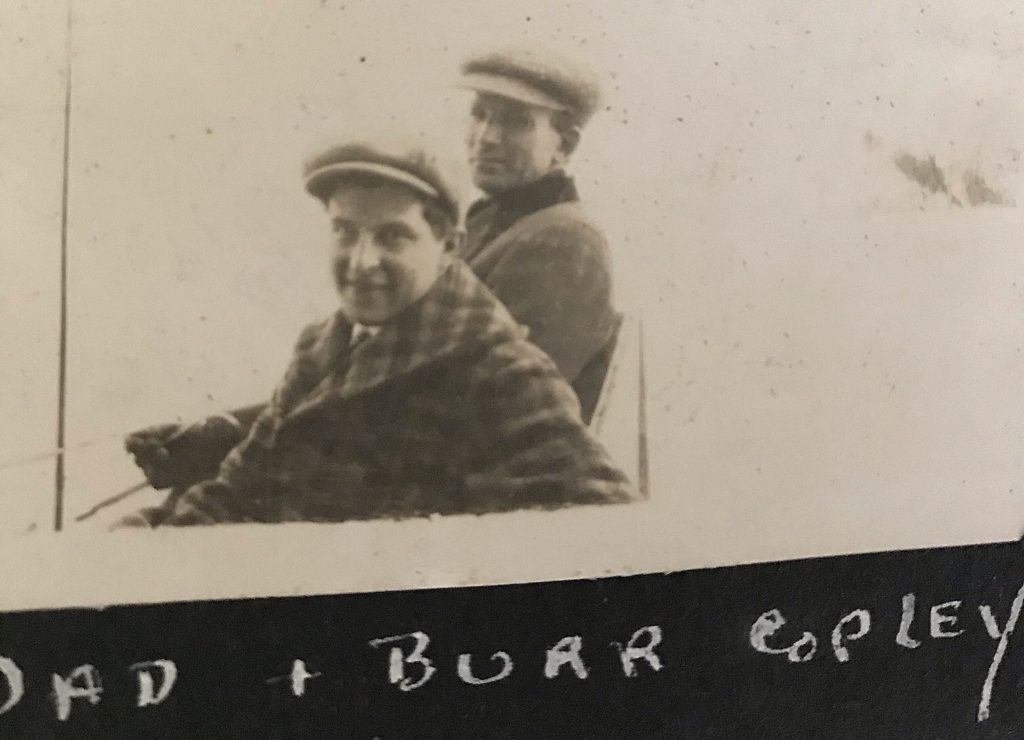
Today’s photo from the album is of Merritt (my grandmother’s father) with Burr Copley. As per a newspaper from July, 1915 “Burr C. Copley, a graduate of the Cornell class of Agriculture of 1913…whose home is at Unadilla, has been teaching at Monticello the past year”.
I suspect they became friends for a short time, either through agriculture or the church or maybe both. Burr would have been 24 in 1913. After a time, he settled in Canton, Mass. with wife Marion. They had Helen May, Burr Copley Jr., James Wesley and John R. Tragically, Burr Jr. died at football practice in October 1937, only a senior in High School. Burr Sr. lived to 87 years old and knew multiple grandchildren and great-grandchildren…no doubt there are great-great-grandchildren by now.
So now I am very excited to share a poem with you that I managed to snap right off a subway train in 2018. (It was placed there by Poetry in Motion, an arts program launched by the MTA together with the Poetry Society of America). I can tell you it was with great self-consciousness that I took this picture, right before the doors closed on me, heading to work.
I can’t think of a better poem for the NYC subway where plenty of captains (or at least majors and colonels) of industry ride around thinking themselves uniquely invincible. I also can’t think of a more appropriate poem for the first day of Lent. Enjoy and a hug to you all.
